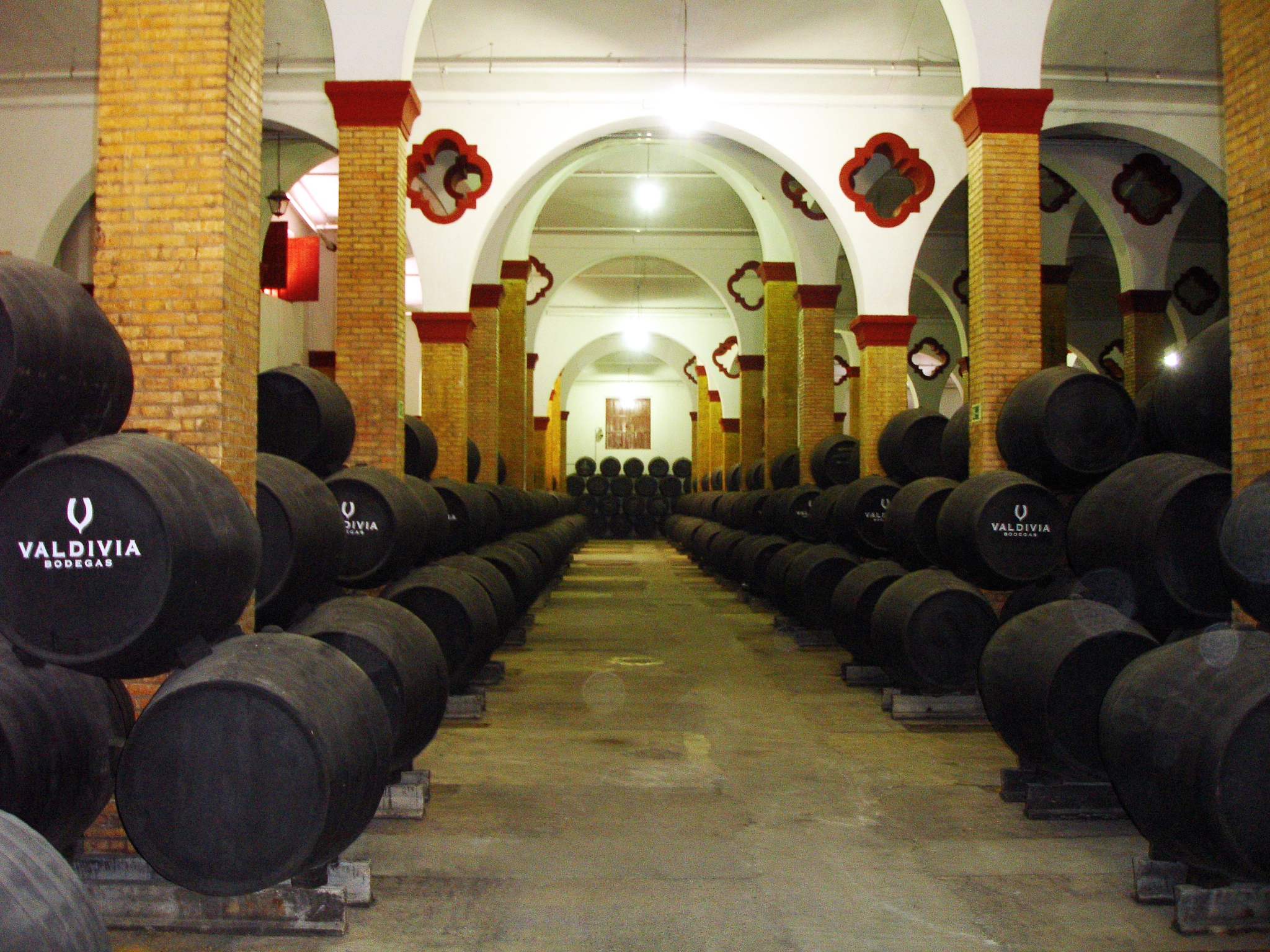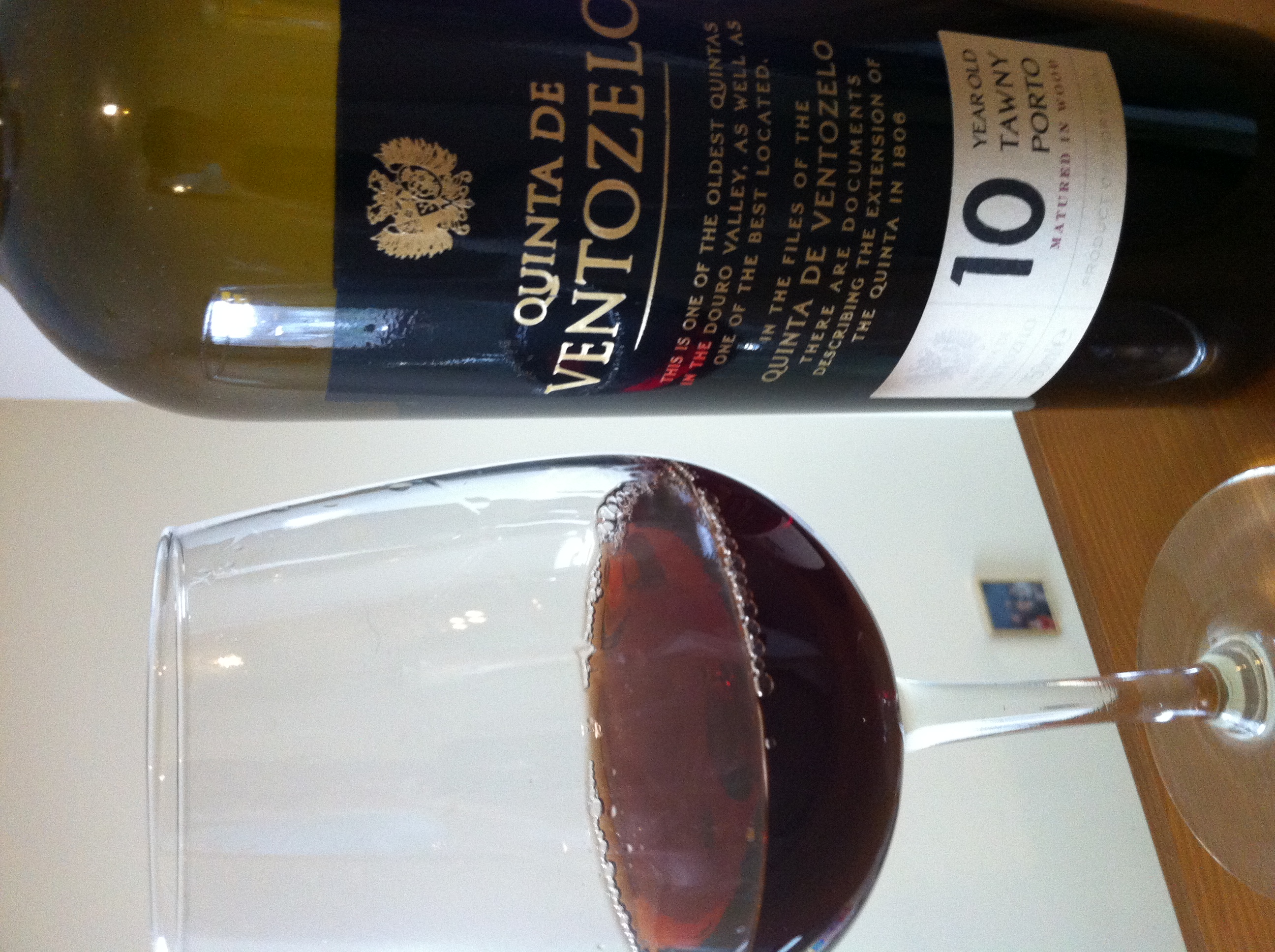|
Mutage
Mutage is a wine making technique for making sweet wines. Typical mechanism The typical process involves the addition of alcohol to the '' must'' so that the fermentation process is prematurely stopped. Most yeasts die when the alcohol content in their environment is raised to approximately 13–15%. By stopping the fermentation of sugars, a sweet taste of the wine is achieved. This technique is used to make port wine and other sweet wines with high alcohol content. Accessed 16 September 2010 Types of mutage Two types of mutage are sometimes distinguished. A distinction being made between adding alcohol to the must before fermentation and adding during fermentation. # ''Mutage sur grain'': Where the mutage takes place during[...More Info...] [...Related Items...] OR: [Wikipedia] [Google] [Baidu] |
Maury AOC
Maury is an ''Appellation d'Origine Contrôlée'' (AOC) for fortified ''vin doux naturel'' wines made in the Roussillon wine region of France. Almost all wines are red, made from at least 75% Grenache noir (Garnacha). Other permitted grapes are Grenache blanc, Grenache gris, Macabeu (Macabeo), Malvoisie du Roussillon (Tourbat), Syrah, Muscat and other local varieties.T. Stevenson, ed. ''The Sotheby's Wine Encyclopedia (5th Edition)'' pg 291 Dorling Kindersley (2011) Although the grapes are different, they are used and marketed very much like port. It is made in the communes of Maury, Saint-Paul-de-Fenouillet, Lesquerde, Tautavel and Rasiguères. The AOC was granted in 1936.Clive Coates ''An Encyclopedia of the Wines and Domaines of France'' pgs 452-464 University of California Press; First Printing edition (June 2001) A. Domine (ed) ''Wine'' pgs 328-331 Ullmann Publishing 2008 H. Johnson & J. Robinson ''The World Atlas of Wine'' pgs 142-143 Mitchell Beazley Publishing 2005 Ma ... [...More Info...] [...Related Items...] OR: [Wikipedia] [Google] [Baidu] |
Vin Doux Naturel
Fortified wine is a wine to which a distilled spirit, usually brandy, has been added. In the course of some centuries, winemakers have developed many different styles of fortified wine, including port, sherry, madeira, Marsala, Commandaria wine, and the aromatised wine vermouth. Production One reason for fortifying wine was to preserve it, since ethanol is also a natural antiseptic. Even though other preservation methods now exist, fortification continues to be used because the process can add distinct flavors to the finished product. Although grape brandy is most commonly added to produce fortified wines, the additional alcohol may also be neutral spirit that has been made from grapes, grain, sugar beets or sugarcane. Regional appellation laws may dictate the types of spirit that are permitted for fortification. For example, in the U.S. only spirits made from the same fruit as the wine may be added. The source of the additional alcohol and the method of its distill ... [...More Info...] [...Related Items...] OR: [Wikipedia] [Google] [Baidu] |
Fortified Wine
Fortified wine is a wine to which a distilled spirit, usually brandy, has been added. In the course of some centuries, winemakers have developed many different styles of fortified wine, including port, sherry, madeira, Marsala, Commandaria wine, and the aromatised wine vermouth. Production One reason for fortifying wine was to preserve it, since ethanol is also a natural antiseptic. Even though other preservation methods now exist, fortification continues to be used because the process can add distinct flavors to the finished product. Although grape brandy is most commonly added to produce fortified wines, the additional alcohol may also be neutral spirit that has been made from grapes, grain, sugar beets or sugarcane. Regional appellation laws may dictate the types of spirit that are permitted for fortification. For example, in the U.S. only spirits made from the same fruit as the wine may be added. The source of the additional alcohol and the method of its dist ... [...More Info...] [...Related Items...] OR: [Wikipedia] [Google] [Baidu] |
Vin Doux Naturel
Fortified wine is a wine to which a distilled spirit, usually brandy, has been added. In the course of some centuries, winemakers have developed many different styles of fortified wine, including port, sherry, madeira, Marsala, Commandaria wine, and the aromatised wine vermouth. Production One reason for fortifying wine was to preserve it, since ethanol is also a natural antiseptic. Even though other preservation methods now exist, fortification continues to be used because the process can add distinct flavors to the finished product. Although grape brandy is most commonly added to produce fortified wines, the additional alcohol may also be neutral spirit that has been made from grapes, grain, sugar beets or sugarcane. Regional appellation laws may dictate the types of spirit that are permitted for fortification. For example, in the U.S. only spirits made from the same fruit as the wine may be added. The source of the additional alcohol and the method of its distill ... [...More Info...] [...Related Items...] OR: [Wikipedia] [Google] [Baidu] |
Rivesaltes AOC
Rivesaltes (; ) is an appellation d'origine contrôlée (AOC) for naturally sweet, fortified wines (vin doux naturel or VDN). The name refers to both a production region within Languedoc-Roussillon wine, Languedoc-Roussillon in southern France, and the style of sweet wines produced there. The Rivesaltes AOC designation of origin has been protected by INAO since 1972, combining several smaller protected designations created in 1936. Grapes and styles Rivesaltes AOC wines are similar to Muscat de Rivesaltes AOC wines, except the grape varieties are not restricted to Muscat grape, Muscat. The wines are red or white. Rivesaltes blanc, using white grapes, appears amber in color, while Rivesaltes rouge appears darker. The main grapes used for white Rivesaltes wines are Grenache blanc, Grenache gris, Macabeu, and Malvoisie du Roussillon; Muscat Blanc à Petits Grains and Muscat of Alexandria are accessory varietals, which have to be less than 20 percent of the final product. The only gr ... [...More Info...] [...Related Items...] OR: [Wikipedia] [Google] [Baidu] |
Wine Making
Winemaking or vinification is the production of wine, starting with the selection of the fruit, its fermentation into alcohol, and the bottling of the finished liquid. The history of wine-making stretches over millennia. The science of wine and winemaking is known as oenology. A winemaker may also be called a vintner. The growing of grapes is viticulture and there are many varieties of grapes. Winemaking can be divided into two general categories: still wine production (without carbonation) and sparkling wine production (with carbonation – natural or injected). Red wine, white wine, and rosé are the other main categories. Although most wine is made from grapes, it may also be made from other plants. (See fruit wine.) Other similar light alcoholic drinks (as opposed to beer or Liquor, spirits) include mead, made by fermenting Honey#Fermentation, honey and water, cider ("apple cider"), made by fermenting the Apple juice, juice of apples, and perry ("pear cider"), made by ... [...More Info...] [...Related Items...] OR: [Wikipedia] [Google] [Baidu] |
Vin De Liqueur
A ''vin de liqueur'' is a sweet fortified style of French wine that is fortified with brandy to unfermented grape must. The term ''vin de liqueur'' is also used by the European Union to refer to all fortified wines. These wines are similar to '' vins doux naturels'' but are sweeter and have more flavor influence from the added brandy.Robinson, Jancis (editor). ''The Oxford Companion to Wine'', third edition, (Oxford University Press: 2006), p. 736, . A ''vin de liqueur'' is usually served as an apéritif. Production The unfermented grape must is fortified with brandy until the solution reaches an alcohol level of 16%–22%. The resulting wine is left with a high level of residual sugar because most strains of yeast cannot reproduce at such a high alcohol level. ''Vins de liqueur'' are available in many regional styles and varieties of grape. Grapes from the Champagne region are used for the production of ratafia. The Rhône region makes a wine known as '' rinquinquin'', ... [...More Info...] [...Related Items...] OR: [Wikipedia] [Google] [Baidu] |
Noble Rot
Noble rot (french: pourriture noble; german: Edelfäule; it, Muffa nobile; hu, Aszúsodás) is the beneficial form of a grey fungus, ''Botrytis cinerea'', affecting wine grapes. Infestation by ''Botrytis'' requires moist conditions. If the weather stays wet, the damaging form, "grey rot", can destroy crops of grapes. Grapes typically become infected with ''Botrytis'' when they are ripe. If they are then exposed to drier conditions and become partially raisined, this form of infection is known as noble rot. Grapes picked at a certain point during infestation can produce particularly fine and concentrated sweet wine. Wines produced by this method are known as botrytized wines. Origins According to Hungarian legend, the first aszú (a wine using botrytised grapes) was made by Laczkó Máté Szepsi in 1630. However, mention of wine made from botrytised grapes appears before this in the ''Nomenklatura'' of Fabricius Balázs Sziksai, which was completed in 1576. A recently discover ... [...More Info...] [...Related Items...] OR: [Wikipedia] [Google] [Baidu] |
Muscat De Frontignan
Muscat ( ar, مَسْقَط, ) is the capital and most populated city in Oman. It is the seat of the Governorate of Muscat. According to the National Centre for Statistics and Information (NCSI), the total population of Muscat Governorate was 1.4 million as of September 2018. The metropolitan area spans approximately and includes six provinces called . Known since the early 1st century AD as an important trading port between the west and the east, Muscat was ruled by various indigenous tribes as well as foreign powers such as the Persians, the Portuguese Empire and the Ottoman Empire at various points in its history. A regional military power in the 18th century, Muscat's influence extended as far as East Africa and Zanzibar. As an important port-town in the Gulf of Oman, Muscat attracted foreign tradesmen and settlers such as the Persians, Balochis and Sindhis. Since the ascension of Qaboos bin Said as Sultan of Oman in 1970, Muscat has experienced rapid infrastructural deve ... [...More Info...] [...Related Items...] OR: [Wikipedia] [Google] [Baidu] |
Muscat De Rivesaltes AOC
Muscat de Rivesaltes is an ''Appellation d'Origine Contrôlée'' (AOC) for fortified wines (of the type ''vin doux naturel'') made in the Roussillon wine region of France. They are similar to Rivesaltes AOC wines, except for the grape varieties used. accessed April 6, 2010 The wines are white, and made from Muscat d'Alexandrie and Muscat à Petits Grains , usually in equal quantities, although the appellation rules allow these varieties to be us ... [...More Info...] [...Related Items...] OR: [Wikipedia] [Google] [Baidu] |
Beaumes De Venise AOC
Beaumes de Venise is an appellation of wines from the eastern central region of the southern half of the Rhône Valley. It produces wines of two distinctly different types: 1. A sweet fortified wine of the type ''vin doux naturel'' (VDN), under the designation Muscat de Beaumes de Venise.INAO pdf government archive . Retrieved 15 September 2010 2. A red Côtes du Rhône Villages from the classification of named villages, which typifies the quality wines of the Côtes du Rhône region. The vines are grown on the slopes around the foot of the |







